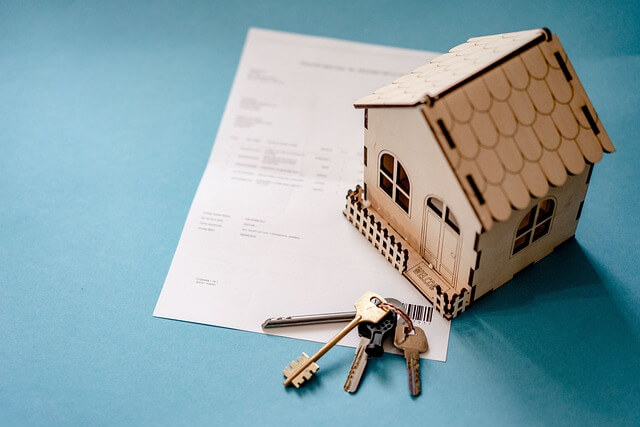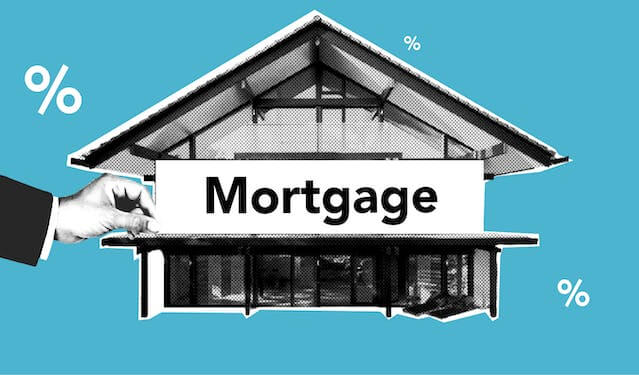Homeowners insurance is a necessary expense for most homeowners, but premiums can take a big bite out of your monthly budget. The good news is there are several ways you can reduce your homeowners insurance costs without sacrificing important protection. Follow these 10 tips to keep more money in your pocket each month while still safeguarding your most valuable asset – your home.
Shop Around and Compare Rates
The first step is getting quotes from several insurers. Rates can vary widely between companies for identical coverage. And don’t just get quotes online – also contact local agents who may have access to insurers you won’t find online. Ask about bundling policies too – you may get a discount for combining homeowners and auto insurance. Carefully compare the quotes line-by-line, not just the premium totals, to ensure the coverage is equivalent. Switching insurers is one of the easiest ways to lower your costs without reducing protection.
Increase Your Deductible
Opting for a higher deductible is one of the most effective ways to reduce your premiums. For example, raising your deductible from $500 to $1,000 could lower your costs by 10-25%, according to the National Association of Insurance Commissioners. Just be sure you have enough savings to cover the larger deductible if you do file a claim. Also ask your insurer about smaller deductible options – some offer $250 or $100 deductibles for a smaller discount.
Improve Home Security
Adding deadbolts, alarm systems, security cameras and lighting can earn you a discount of 5% or more with many insurers. Removing vegetation that blocks views of entrances, trimming trees and clearing brush away from the house are other inexpensive security improvements that may qualify for discounts. Some companies also offer breaks for installing fire and water sensors that connect to home security systems.
Upgrade to Modern Safety Features
Upgrading your electrical, plumbing, roofing and heating/cooling systems can reduce risks the insurer has to cover. Swapping outdated fuse boxes for circuit breakers, replacing old polybutylene pipes with copper and installing impact-resistant roofing are just a few updates that may earn premium discounts. Smart home devices like water leak sensors, smoke detectors and carbon monoxide monitors may also qualify.
Bundle With Auto Insurance
Most insurers provide a bundling discount when you buy home and auto policies from them. The amount of savings will depend on the company and your coverage, but discounts typically range from 5-15%. To maximize savings, purchase both policies from the insurer offering the cheapest combined quote.
Maintain Good Credit
Most states allow insurers to use your credit-based insurance score to help determine premiums. Maintaining a solid credit score can help lower your homeowners insurance costs. Pay bills on time, reduce balances and limit credit applications to keep your score in good shape. Monitoring your credit report for errors that could drag down your score is also important.

Raise Your Home’s Value
Some upgrades like finishing a basement, renovating a kitchen or adding a pool can significantly boost your home’s value. An increase in property value of just 5% can earn you a discount of 3-5% with many insurers. But avoid upgrades unlikely to increase value or exceed local home prices. Also be sure to contact your agent after completing upgrades to have your home reassessed.
Select a Higher Loss Deductible
Also called a disappearing deductible, this option increases the amount of your deductible by a set percentage, usually 10-15%, for each claim-free year. So if you go a year without filing a claim, a $500 deductible would increase to $550-$575. Paying a higher deductible avoids raising premiums after a claim, while still rewarding you for avoiding claims with a lower deductible the longer you go without one.
Enroll in Usage-Based Coverage
Insurers are increasingly offering usage-based options where you pay rates based partly on how much you use your home. Policies with low occupancy, safe driving tracked by a mobile app and minimal claims may qualify for discounts up to 30%. But read the details carefully – some usage-based programs charge more if you don’t meet certain criteria.
Take Advantage of Discounts
There are many other discounts available that most homeowners don’t know to ask about. For example, you may save 5-15% for being retired, a nonsmoker, insuring your home for at least 80% of its value or having multiple policies with the same insurer. Maintaining an alarm, being claim-free, using hurricane shutters and having safety features like handrails and smoke detectors can also reduce premiums.
With a little research and smart planning, you can find ways to trim hundreds of dollars from your homeowners insurance premiums each year. Comparing rates, opting for higher deductibles and improving home security are three of the simplest ways to lower your costs. But be sure to discuss any coverage changes with your agent to ensure you still have the protection you need. The time you spend looking for savings is well worth it when you see the annual savings on your policy renewal.

Conclusion
While homeowners insurance is mandatory, overpaying for coverage should not be. Homeowners who apply these ten methods – from bundling policies to maintaining good credit – can unlock significant savings while still protecting their property appropriately. Being a savvy policyholder reduces stress while providing the essential safeguard of home insurance coverage.
